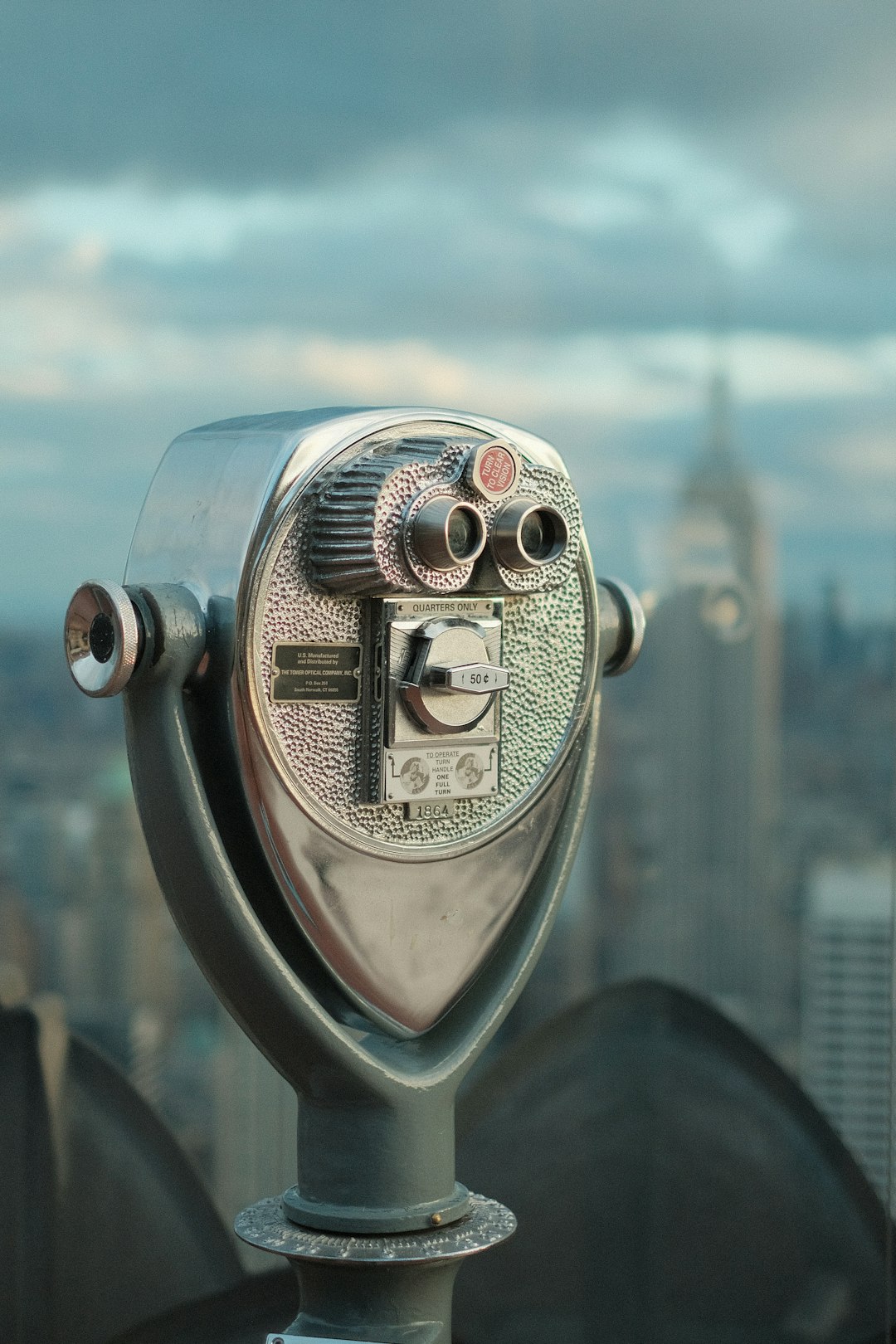Horror movies have been a popular genre for decades, but recently there has been a new wave of horror films that are revitalizing the genre and attracting a whole new audience. These films are pushing boundaries, challenging conventions, and redefining what it means to be scared. In this blog post, we will take a look at the new wave of horror movies and explore why they are resonating with audiences in such a powerful way.
One of the most striking aspects of the new wave of horror movies is the way in which they are reimagining classic horror tropes and subverting audience expectations. Instead of relying on tired cliches and predictable jump scares, these films are exploring new and innovative ways to deliver scares and create tension. For example, films like “Get Out” and “Hereditary” are taking familiar horror themes like haunted houses and possession and putting a fresh, contemporary spin on them. These movies are not content to simply rehash what has come before – they are forging new paths and pushing the boundaries of the genre.
Another key aspect of the new wave of horror movies is the way in which they are approaching social and political issues. In the past, horror films have often been dismissed as mere escapism – a way to indulge in our darkest fears without having to confront real-world problems. However, the new wave of horror movies is challenging this perception by using the genre as a platform to discuss important social issues. For example, “Get Out” is a searing critique of racism in America, while films like “The Babadook” and “It Follows” explore themes of trauma, mental illness, and the impact of grief on individuals and communities. These films are taking on big, complex topics in a way that is both thought-provoking and terrifying.
In addition to their innovative approaches to storytelling and social commentary, the new wave of horror movies is also notable for its diverse representation of voices and perspectives. In the past, horror films have been criticized for their lack of diversity, both in front of and behind the camera. However, the new wave of horror movies is actively seeking to rectify this imbalance by featuring more women, people of color, and members of the LGBTQ+ community in key roles. For example, films like “The Witch” and “A Quiet Place” have strong female protagonists, while “Get Out” and “Us” are directed by Jordan Peele, a black filmmaker who is using his platform to tell stories that center on the experiences of people of color. This commitment to diversity and inclusion is not only long overdue, but it is also helping to make the horror genre more relevant and accessible to a wider audience.
One of the most exciting aspects of the new wave of horror movies is the way in which they are blurring the lines between genres and experimenting with new forms of storytelling. Instead of sticking to traditional horror conventions, these films are drawing inspiration from other genres like comedy, drama, and science fiction to create unique and compelling narratives. For example, films like “The Cabin in the Woods” and “Tucker and Dale vs. Evil” use humor to subvert audience expectations and keep viewers on their toes, while movies like “A Ghost Story” and “The Endless” blend horror with elements of existentialism and cosmic horror to create a truly haunting and immersive experience.
In conclusion, the new wave of horror movies is pushing the boundaries of the genre in exciting and unexpected ways. From reimagining classic horror tropes to addressing important social issues, these films are challenging conventions and redefining what it means to be scared. By featuring diverse voices and perspectives, experimenting with new forms of storytelling, and blurring the lines between genres, these movies are revitalizing the horror genre and attracting a whole new audience. Whether you’re a die-hard horror fan or a casual moviegoer, there has never been a better time to explore the terrifying and thrilling world of the new wave of horror movies.


